Year 1/2 Mainstream
Celebrating Learning
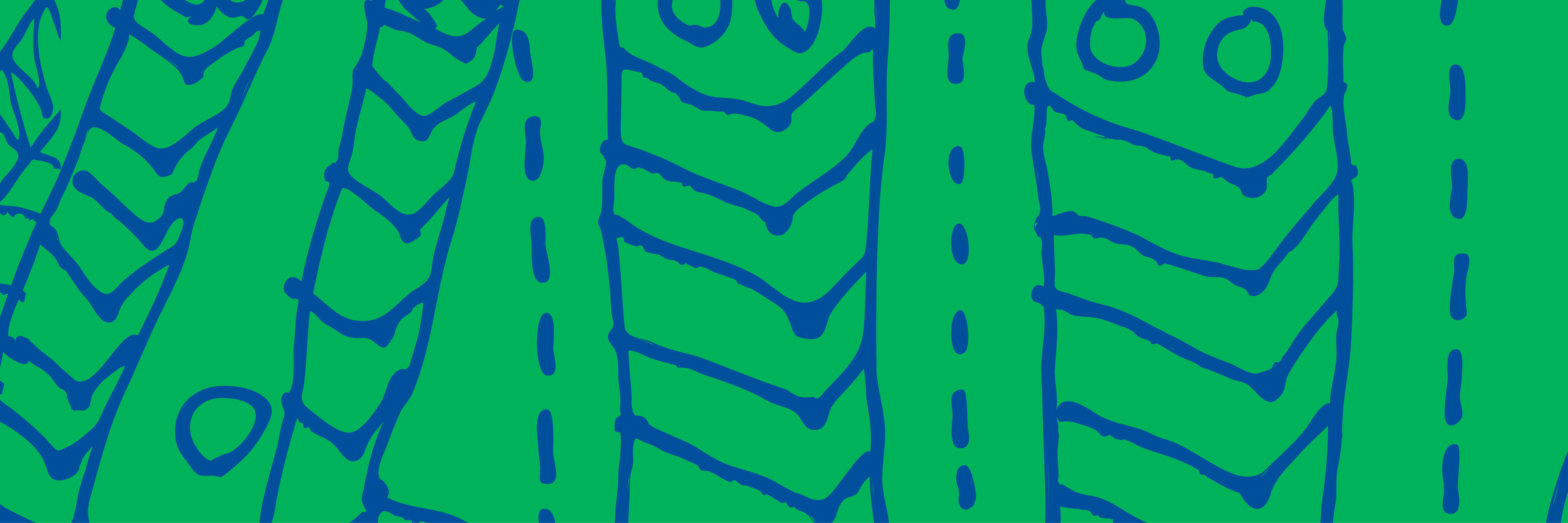
Year 1/2 Mainstream
Celebrating Learning

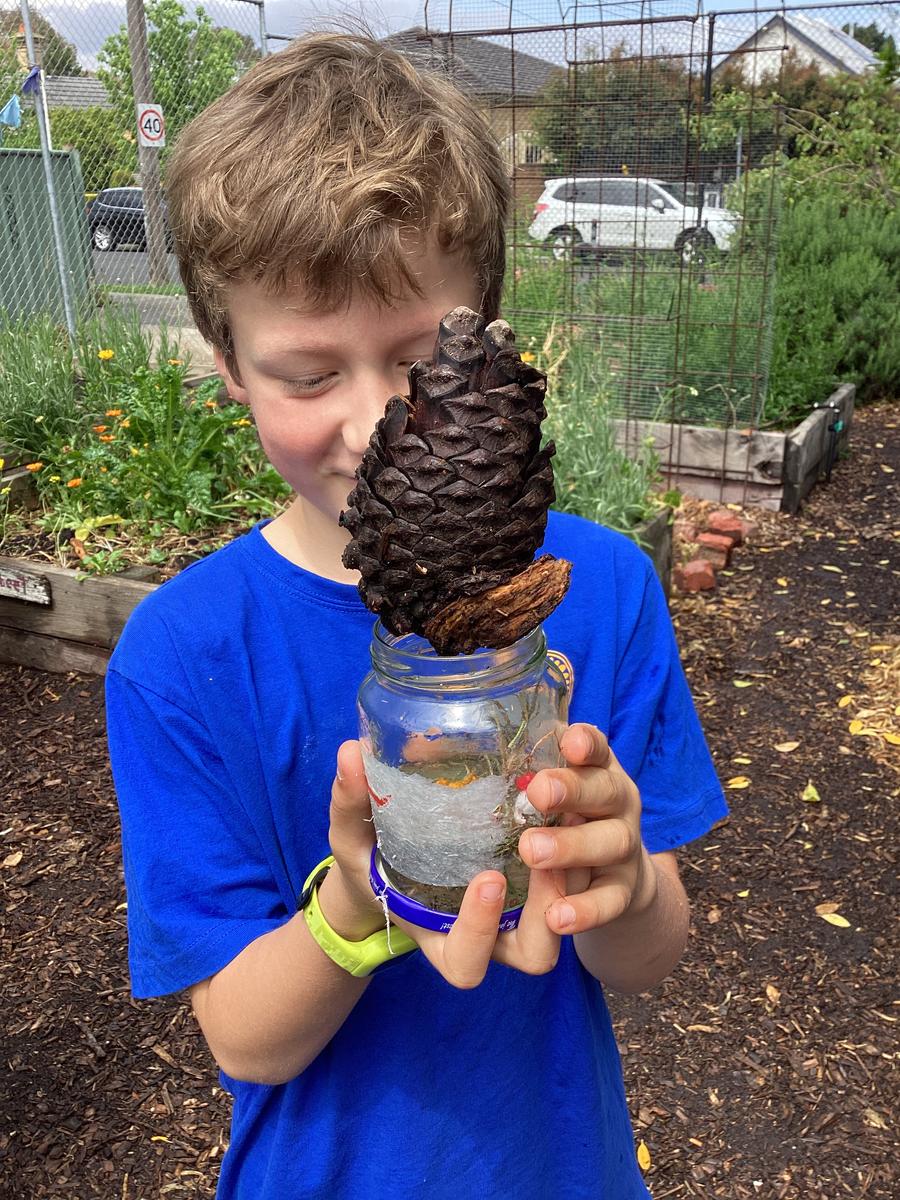


Integrated- What we have been up to:
Welcome back families and friends! Wow- what grown up people we suddenly have
waltzing into our rooms every day! Year 1/2s? More like Year 2/3s!
We’ve introduced our new integrated unit, “Mixing It Up”, last week and have started brainstorming and thinking about everything we know about chemistry, cooking and potion making. It turns out there are mixtures all around us! This week, your child will bring home a worksheet that encourages them to look for mixtures around home. Please encourage your child to have a go at this activity. Students can present their findings through drawings, writing, pictures (or a different creative way).
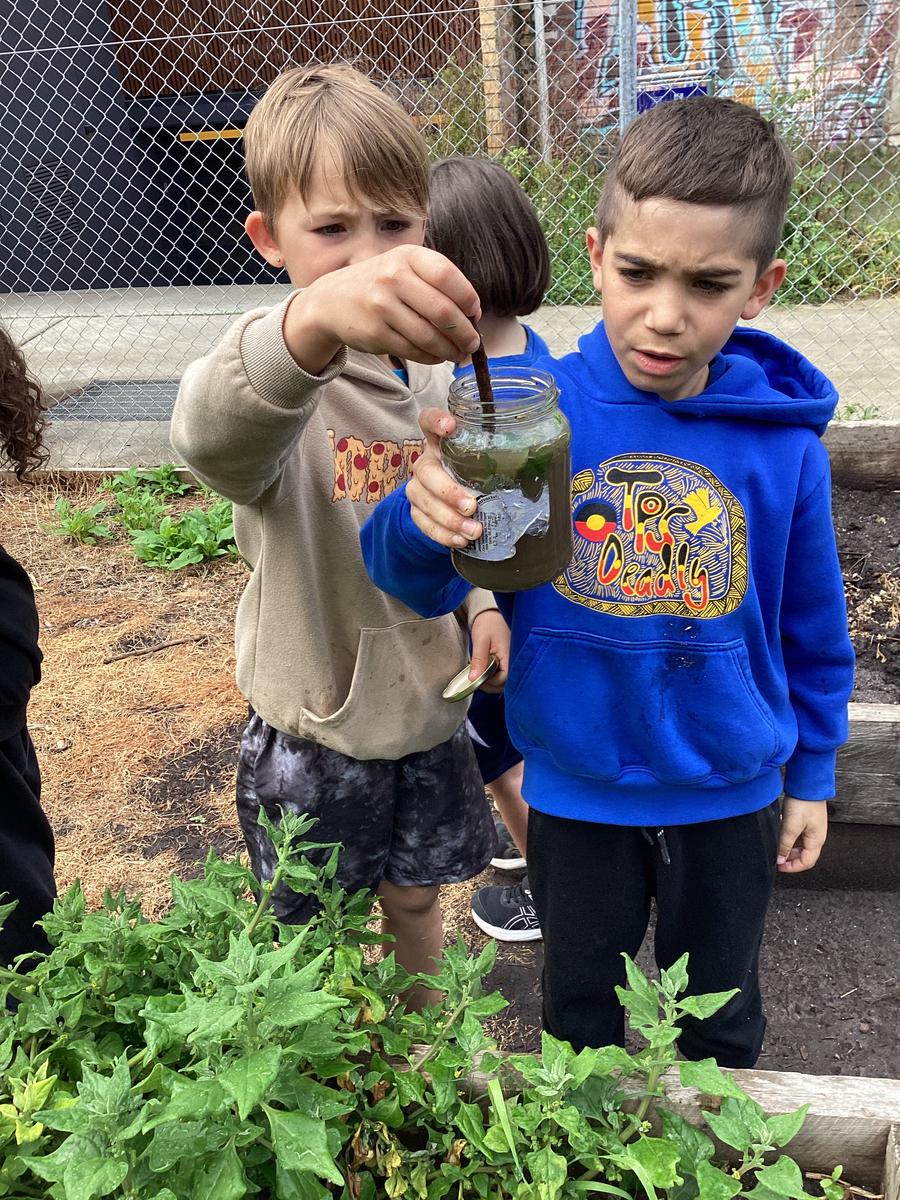



Maths:
Students have started a new unit on fractions. They have been exploring the meaning of a half by partitioning rectangles and other shapes, and then extending their thinking to include fourths and half of a half. Students then got the opportunity to play with halves and fourths by exploring the relationships between tangram pieces.
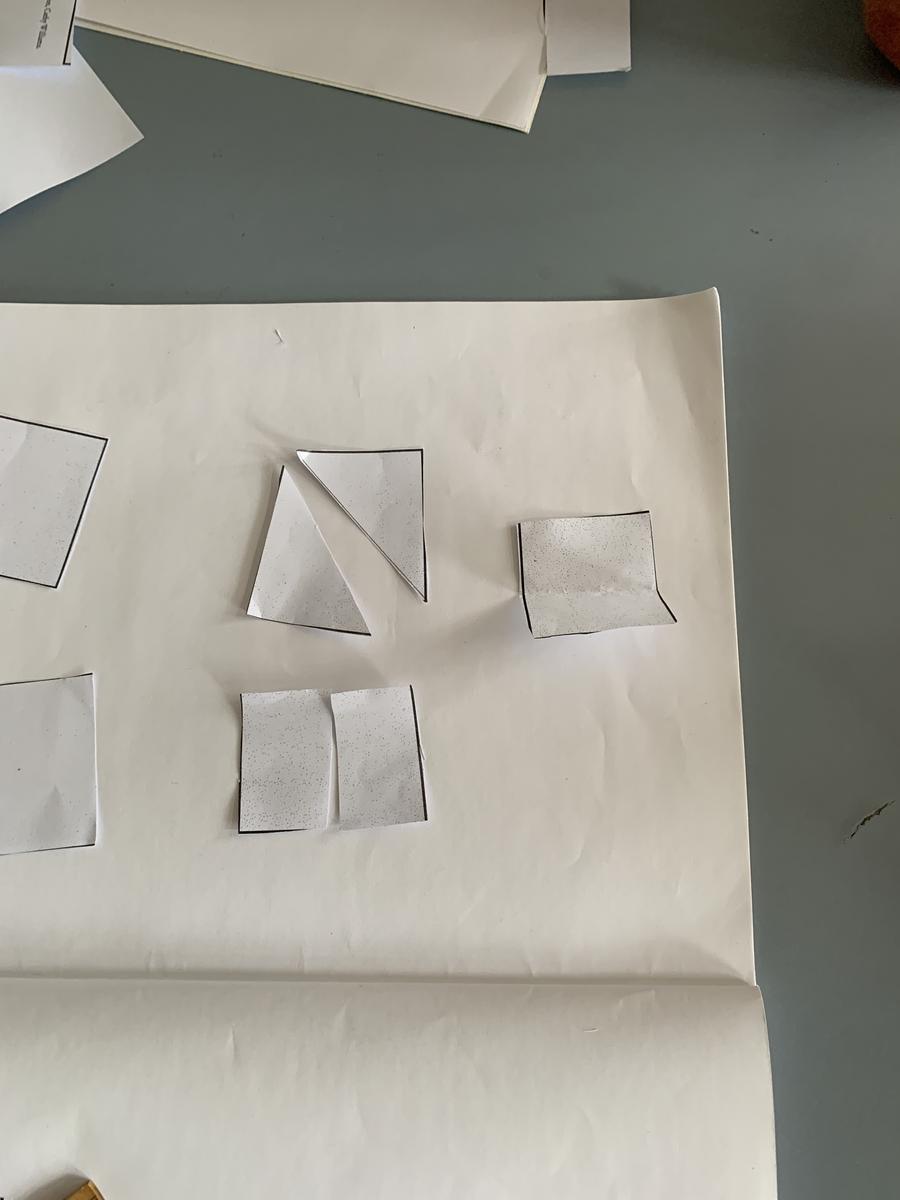



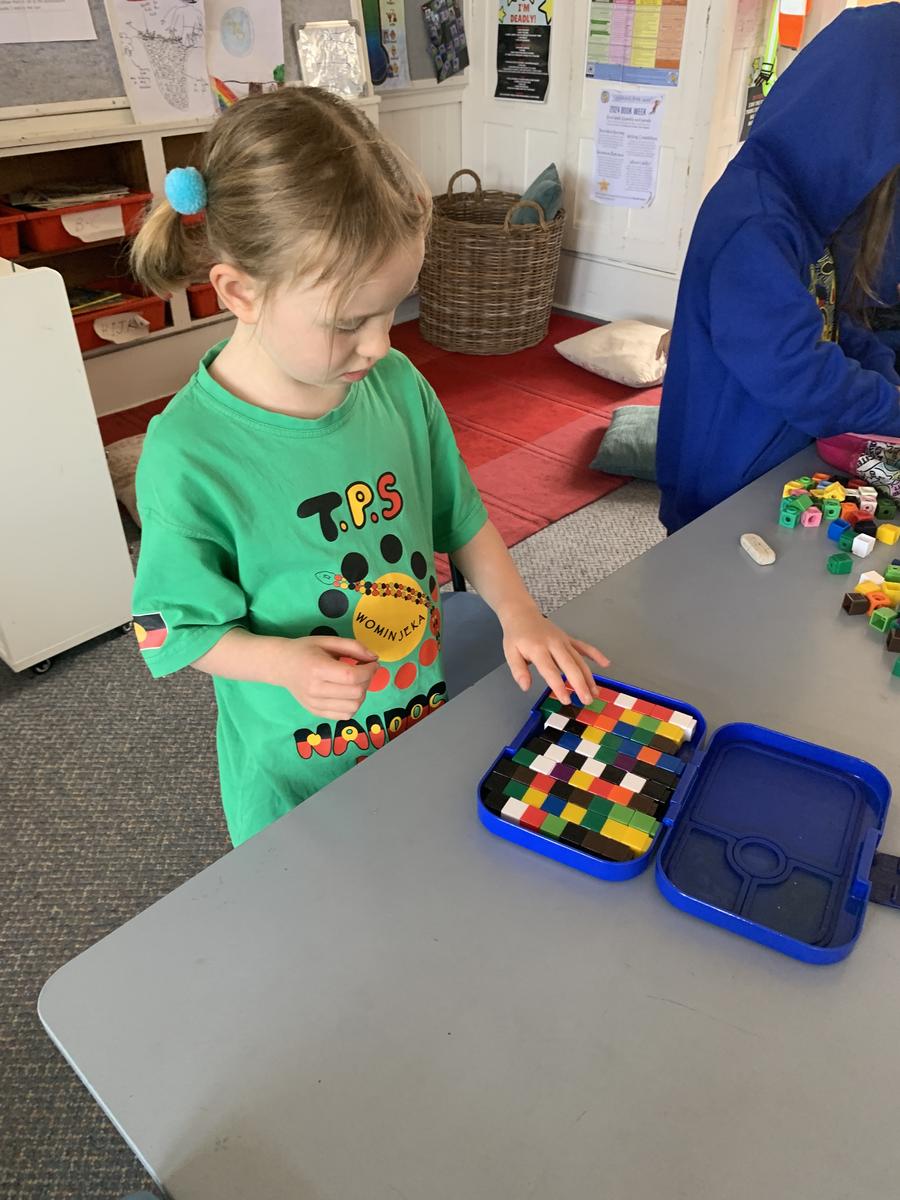
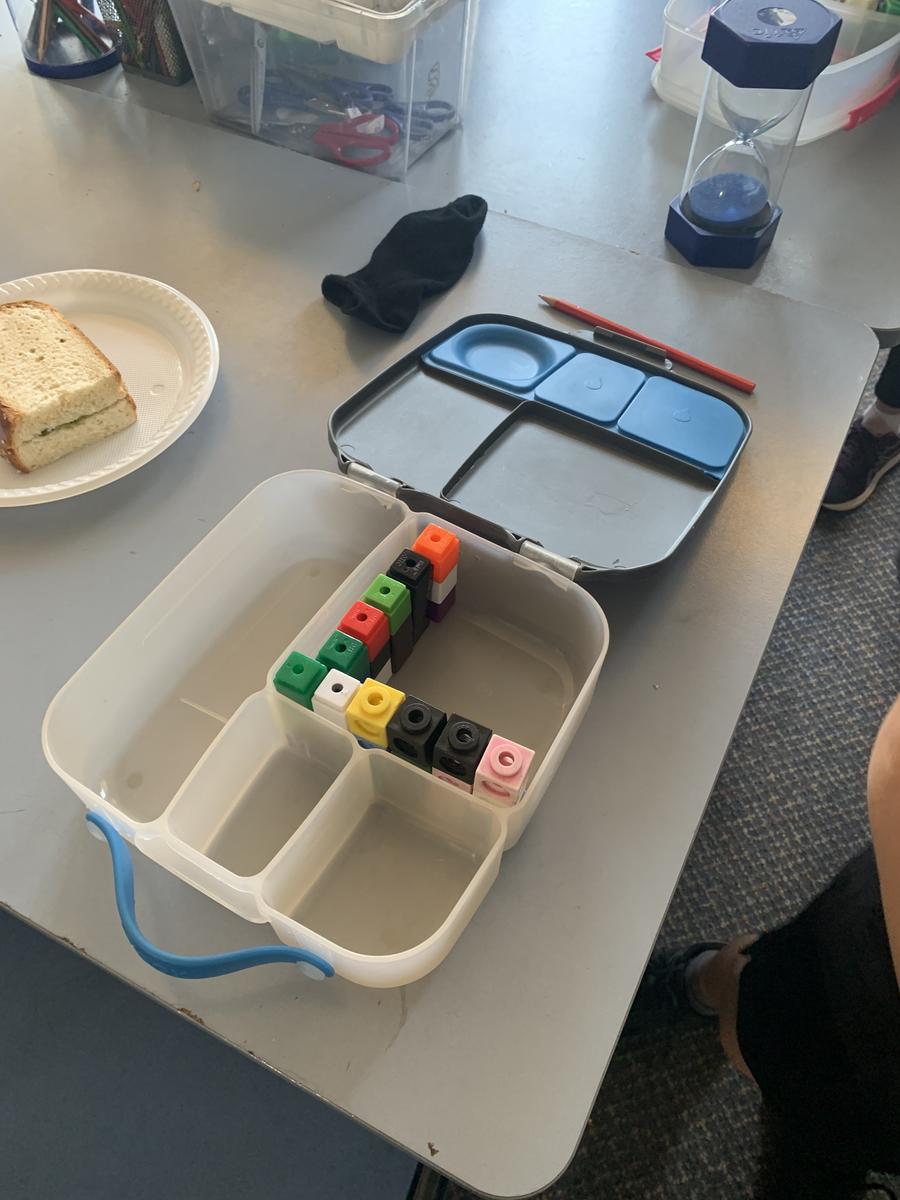


Classes have also been examining their understanding of volume and capacity. They have been comparing different objects' capacity and counting how many spoonfuls of water it would take to fill a cup and measuring their lunch boxes to see which had the largest volume. You may want to use this school unit on fractions, measuring and mixtures as an opportunity to do cooking at home and link all the concepts together.
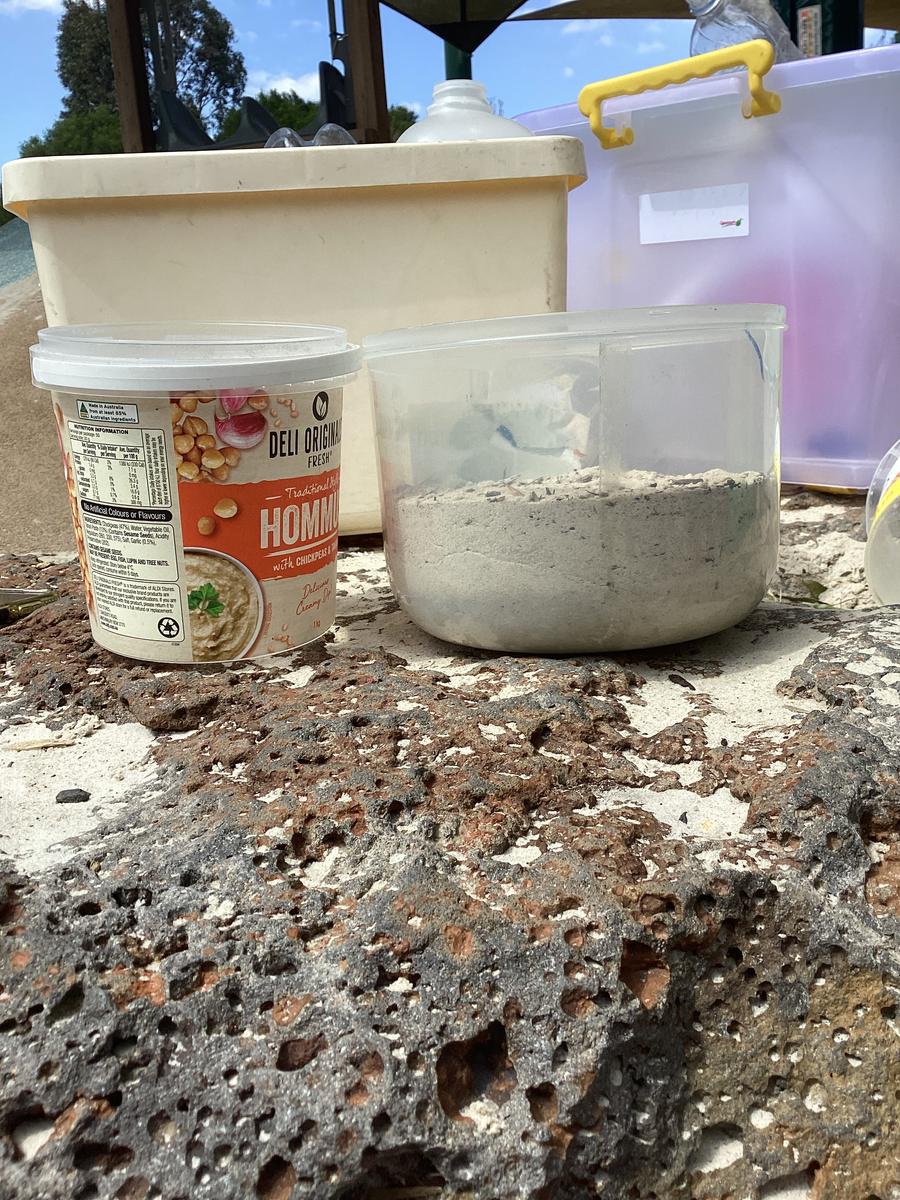
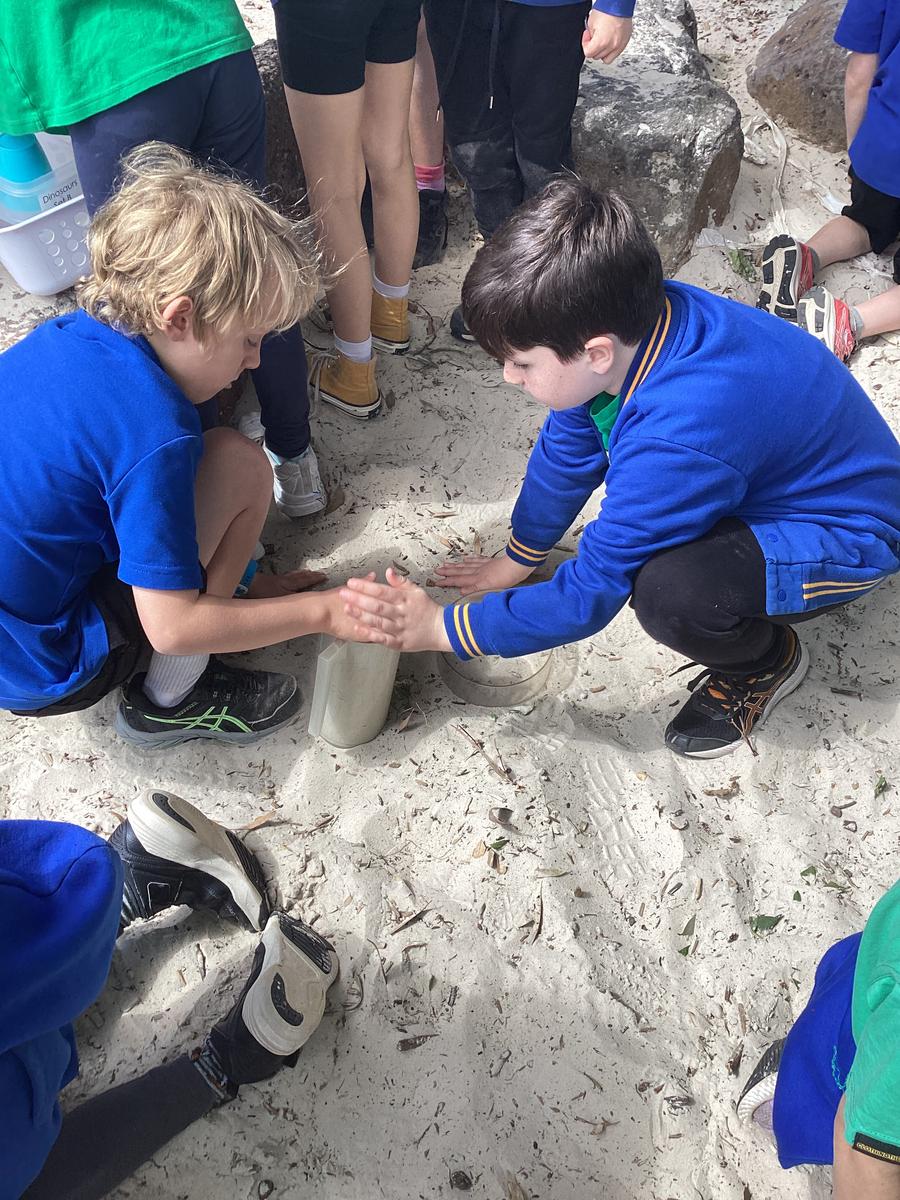


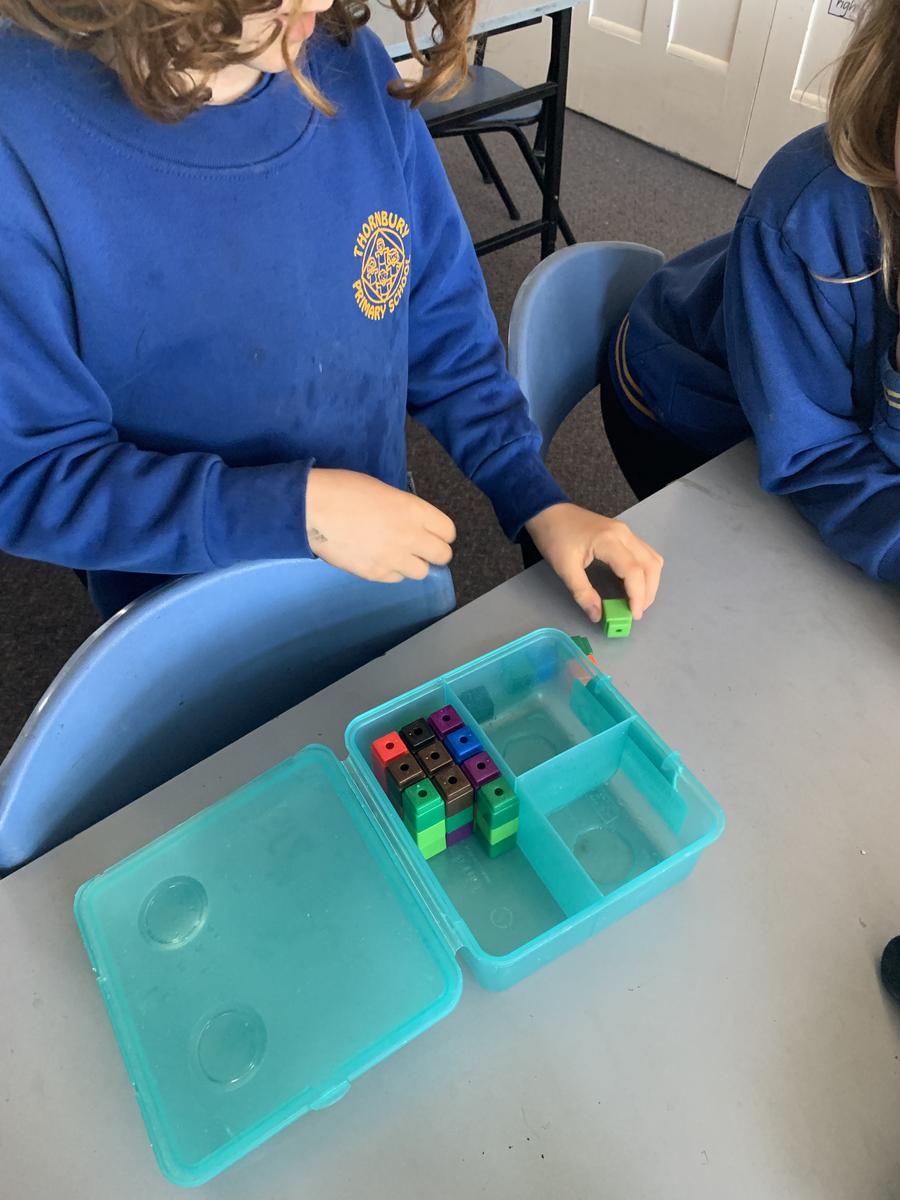
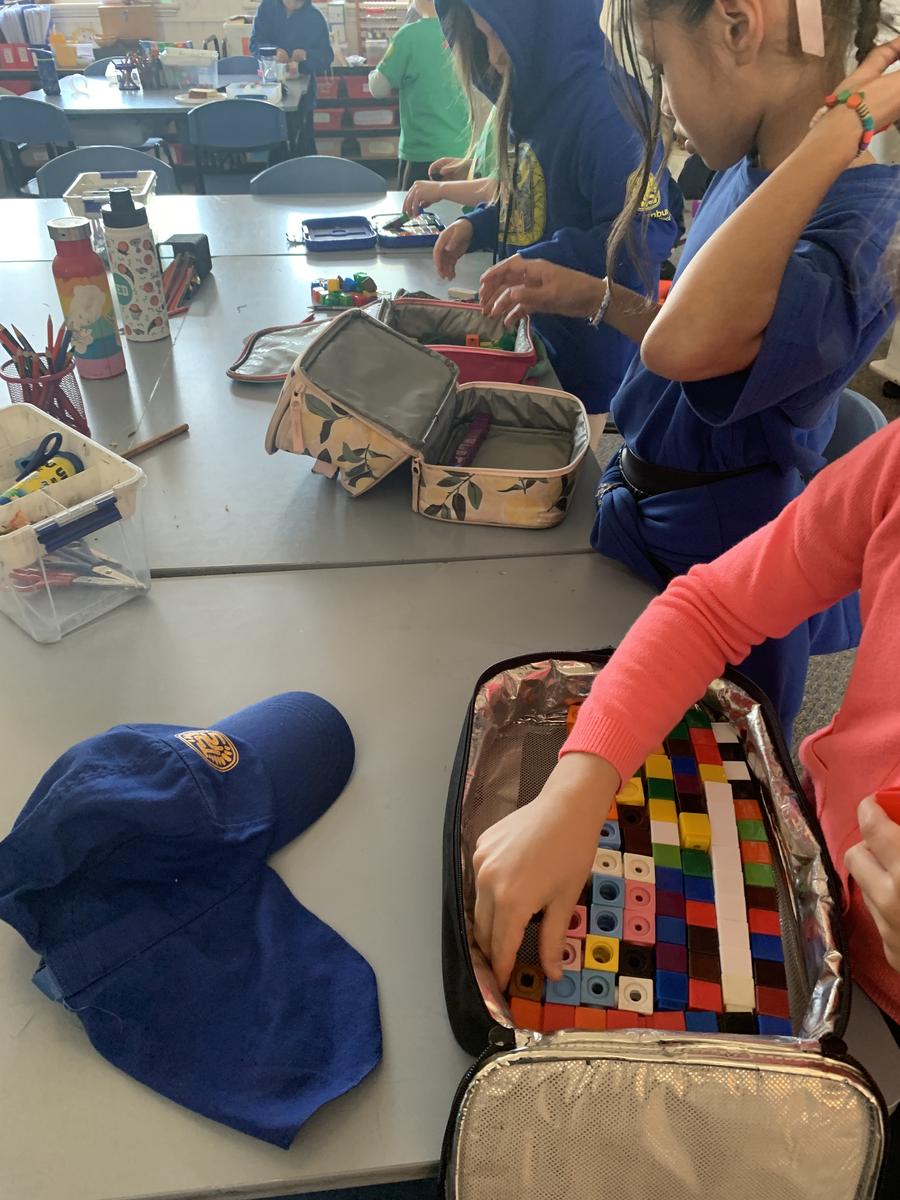


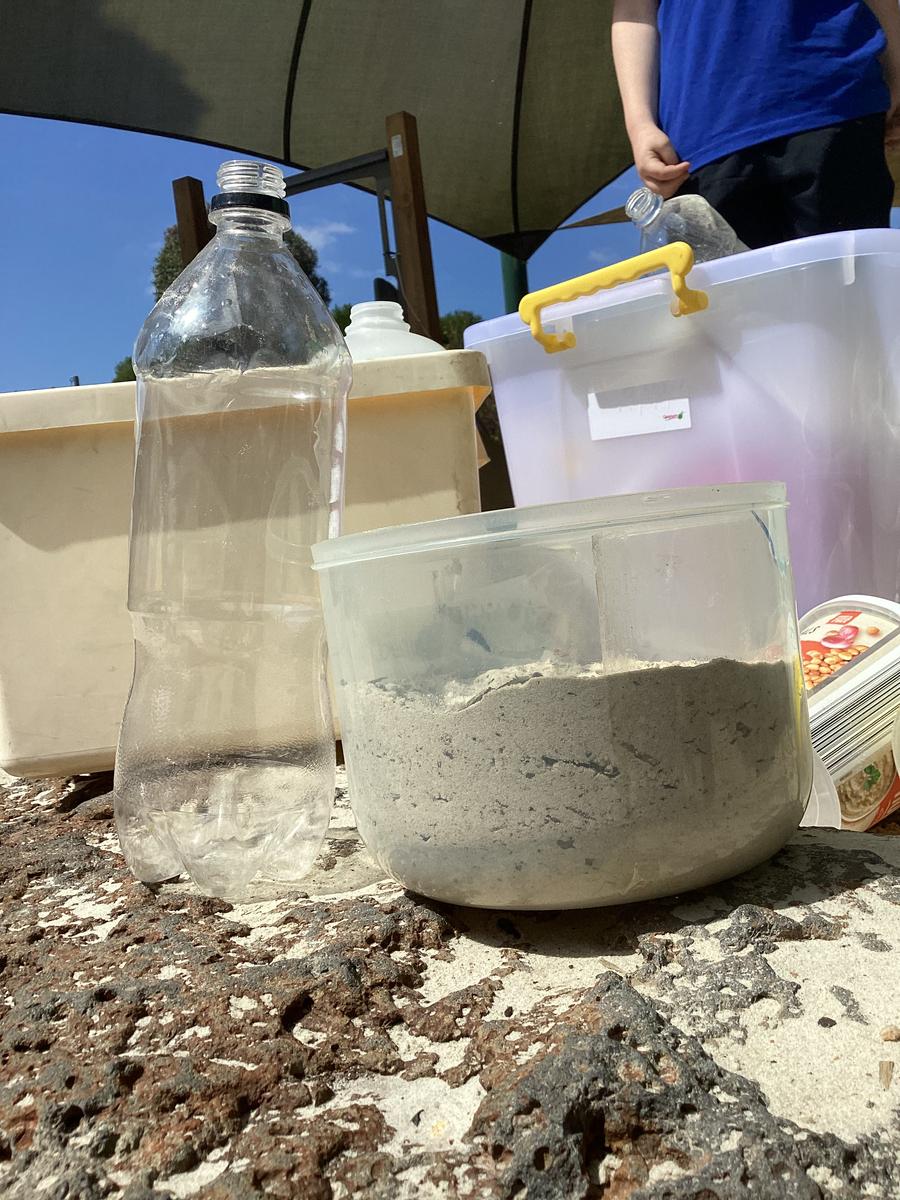



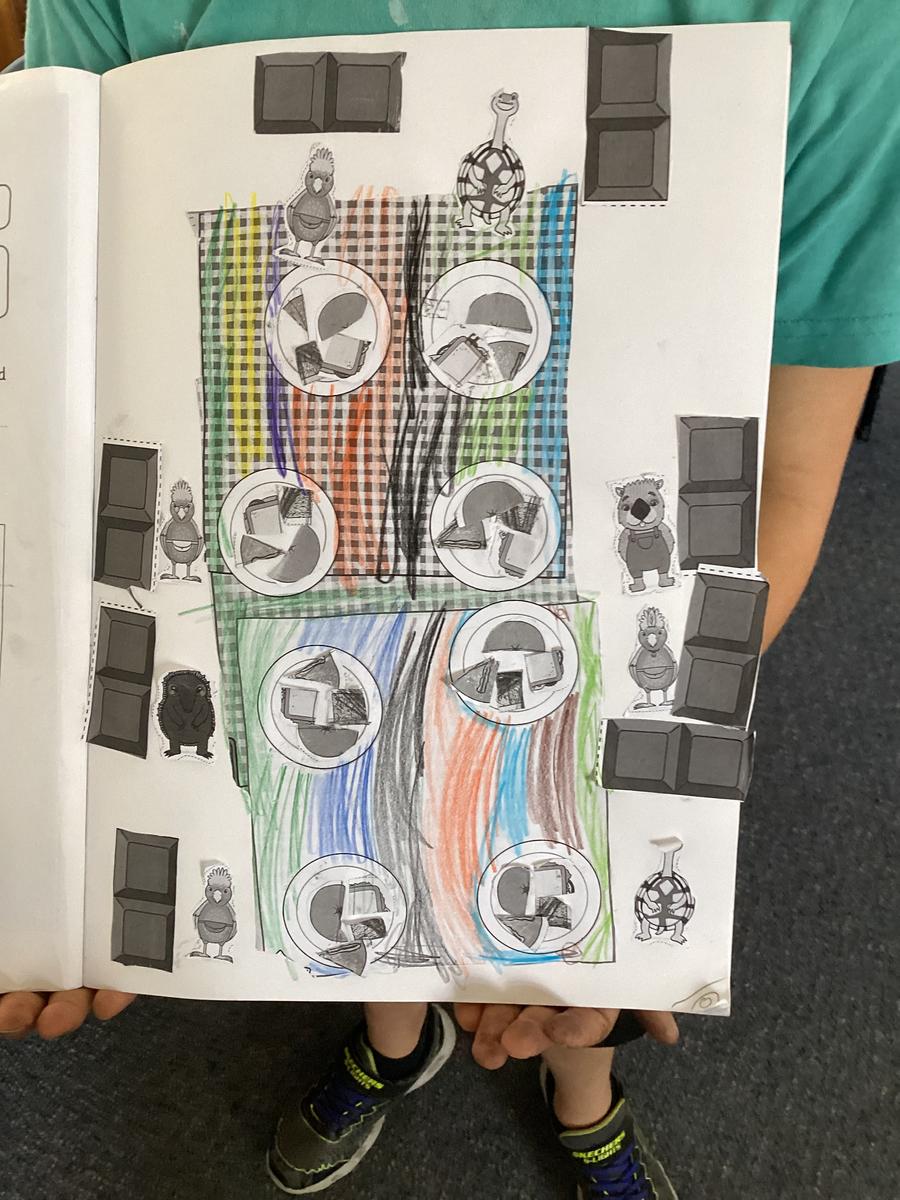
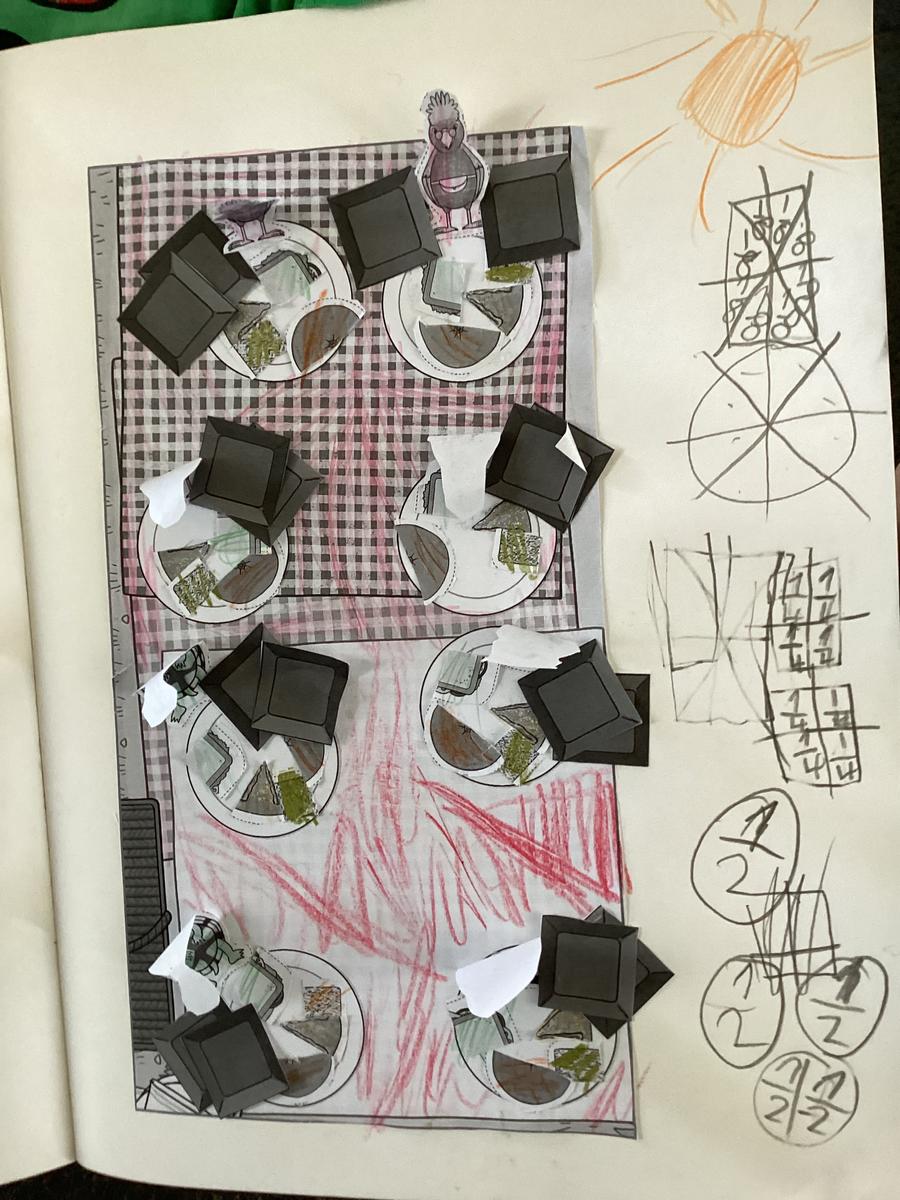



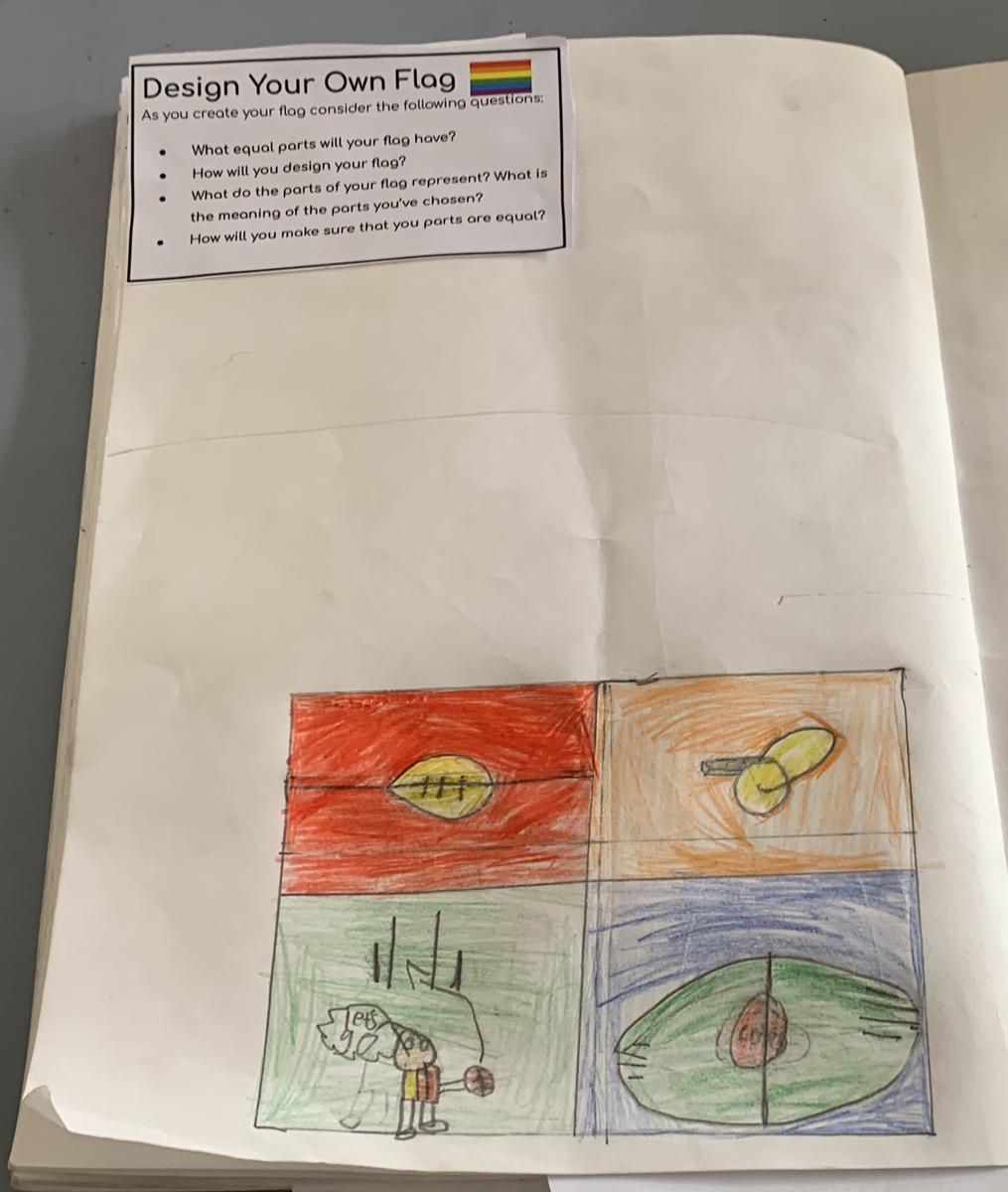


Literacy:
As usual, teachers enjoyed reading Grade 1/2 students’ school holiday recounts at the end of this term. This gave us the opportunity to re-familiarise ourselves with the writing process - seed, plan, draft, edit and revise, and publish. Children love to write about what they know, and it sounds like some of you had either a very relaxing or a very busy break!
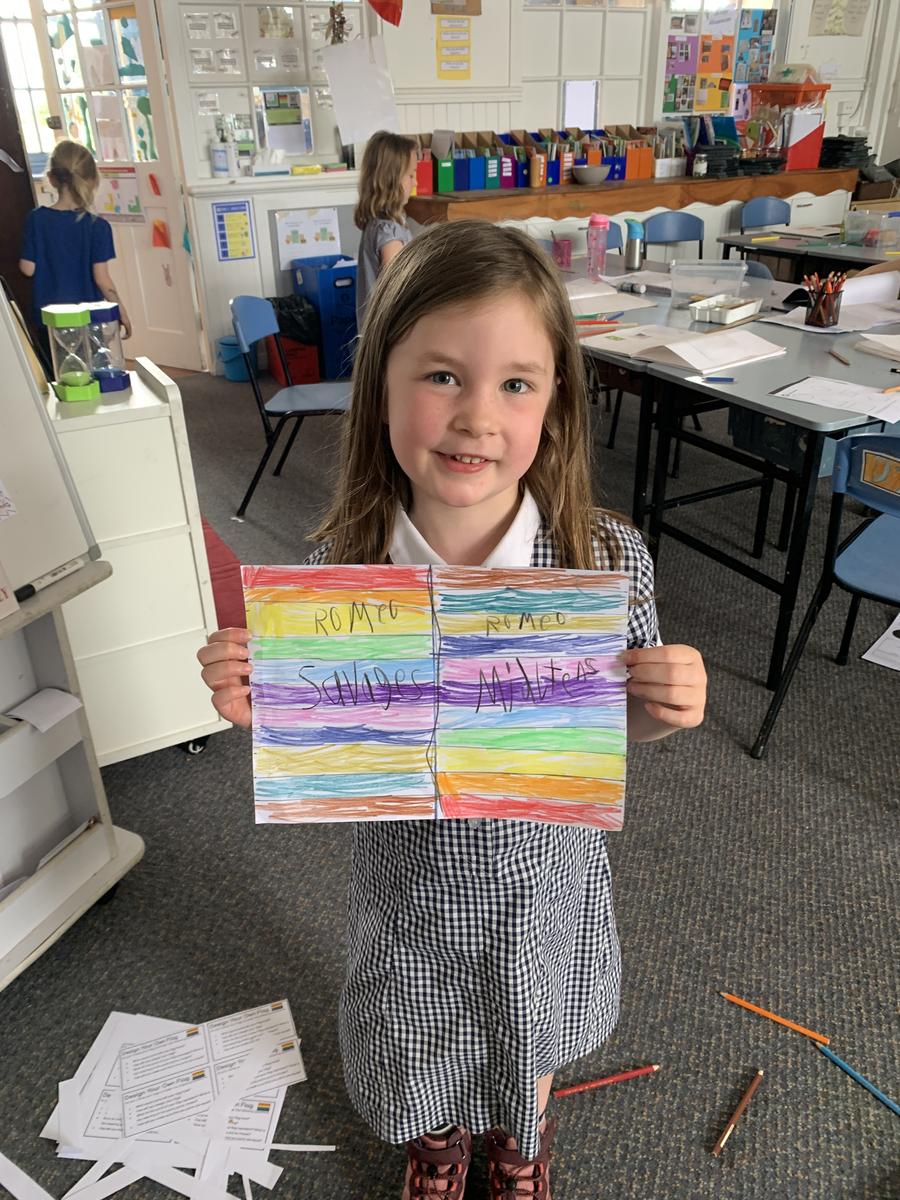
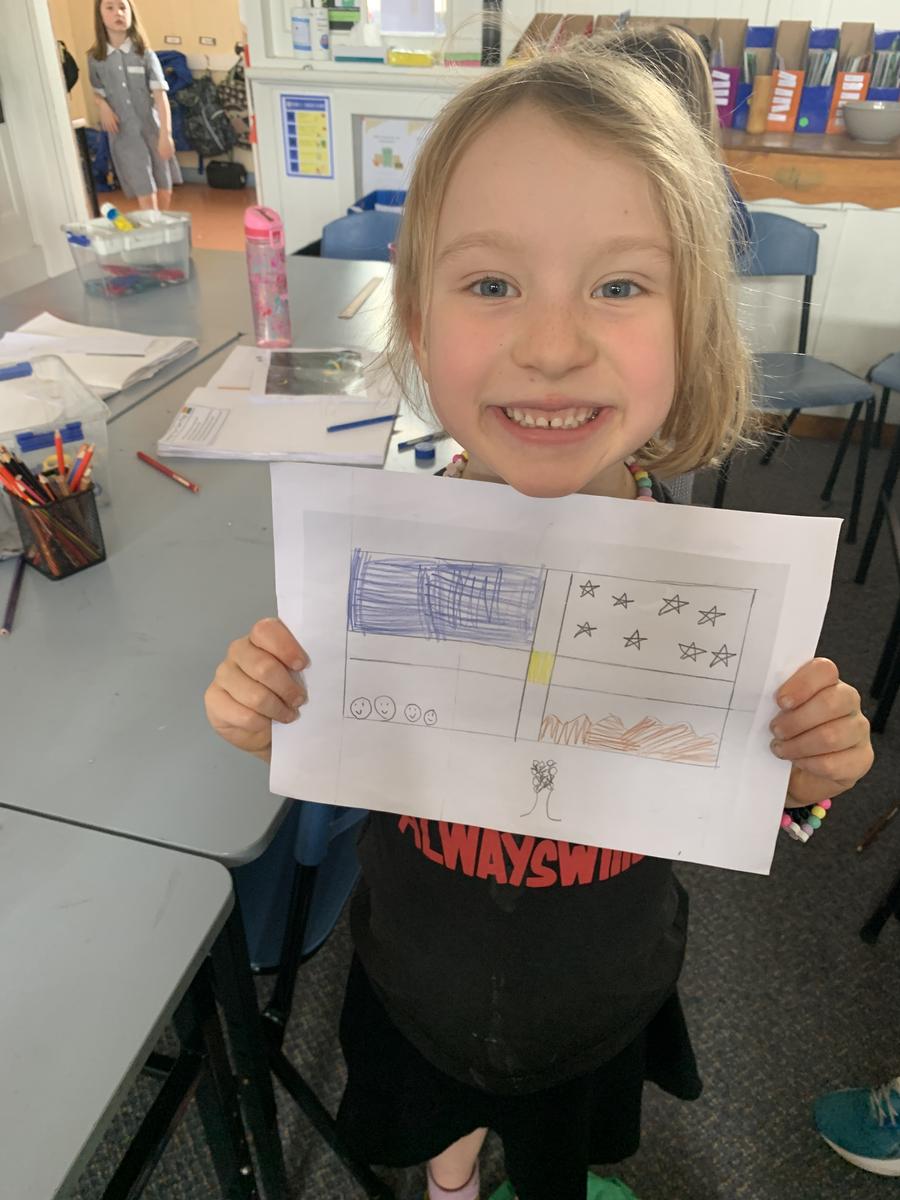


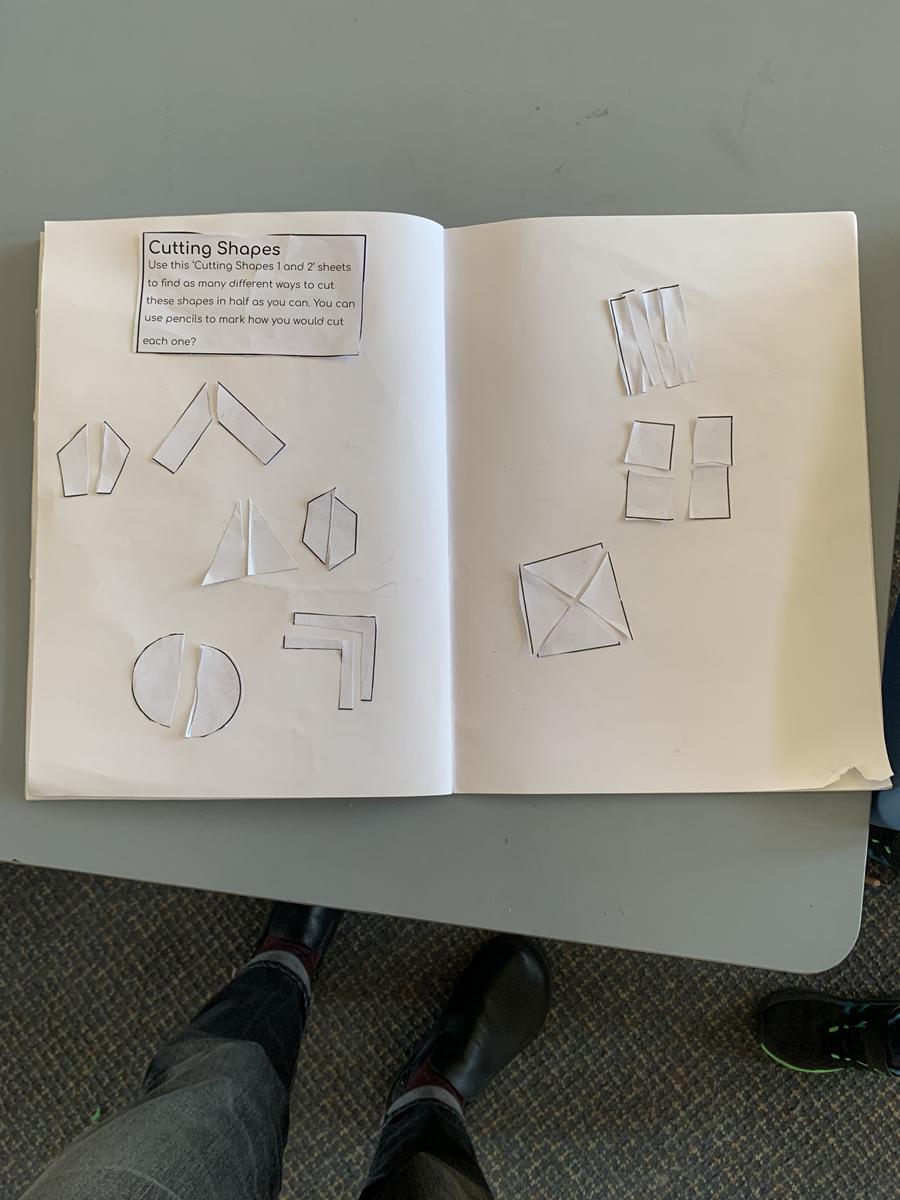
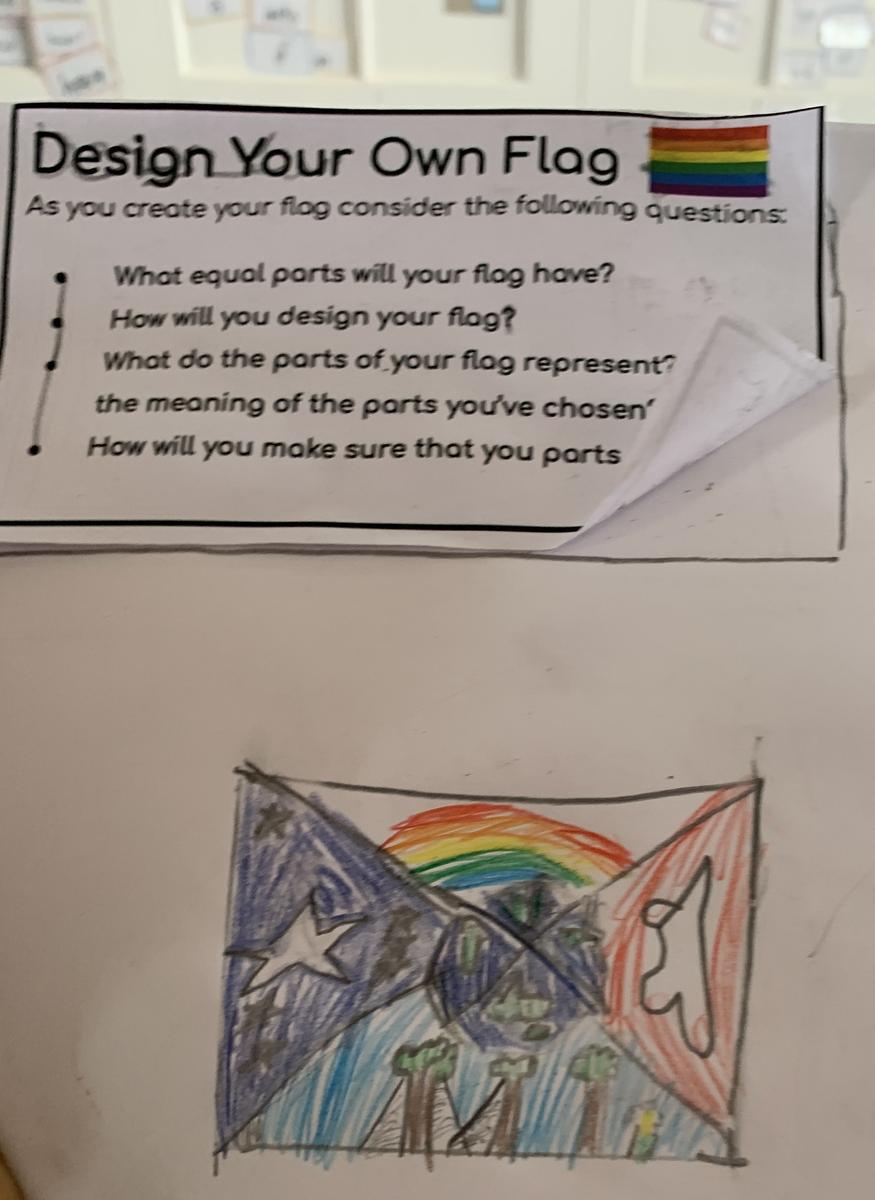


This week, we have begun a new literacy focus on persuasive writing. We begin this unit during Term 4 to prepare our Grade 2 students in particular for NAPLAN, which takes place early in Grade 3 and usually features a persuasive writing task. To introduce the idea of making choices, persuasion, and persuasive language, this week we have been trying to convince the world to adopt pets from shelters across the country. We apologise in advance for any arguments you might hear for getting a new pet! To support your child with persuasive writing, you can prompt them to give reasons for their choices or requests, such as ‘tell me why we should get pizza for dinner this weekend’!
The 1/2 teachers have been blown away by how the students' reading fluency has improved! Students are reading accurately, at an appropriate pace and with expression. This helps both reader and listener understand what is being read.
| ACCURACY | I read the words correctly (sound out and say). |
| RATE | I make sure my reading isn’t too fast or too slow. |
| EXPRESSION | I read with feeling. I don’t read like a robot |
| PUNCTUATION | I follow the punctuation marks that I read in my text. |
When you are reading with your child at home, you might like to give them feedback that sounds like this:
As part of our phonics program, classes have begun Little Learners Love Literacy Stage 7.4 sounds. For the next two weeks, we are focusing on o_e as in cone, and o as in no.
What’s to come in the next two weeks: